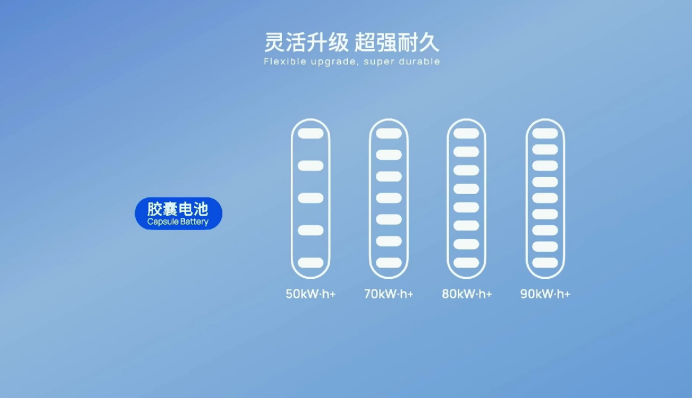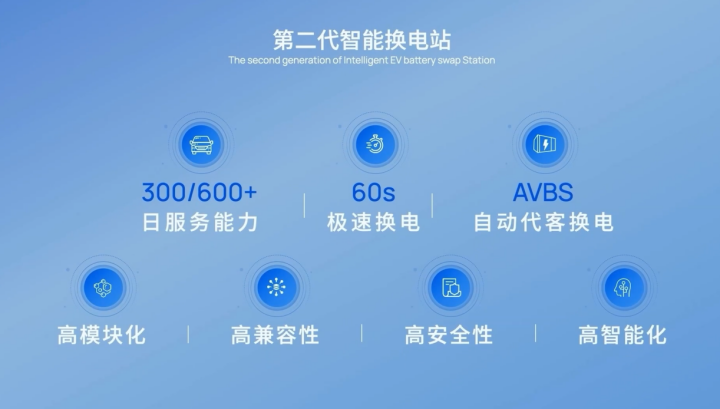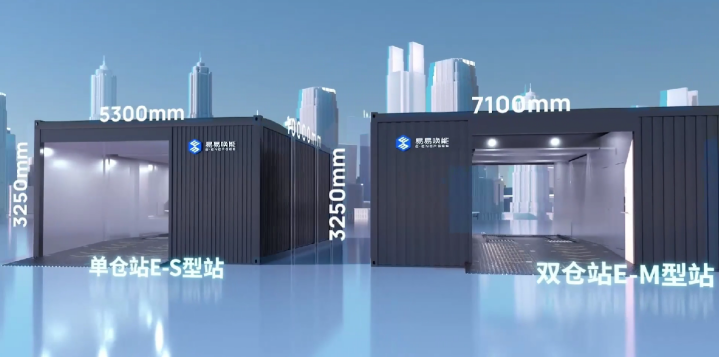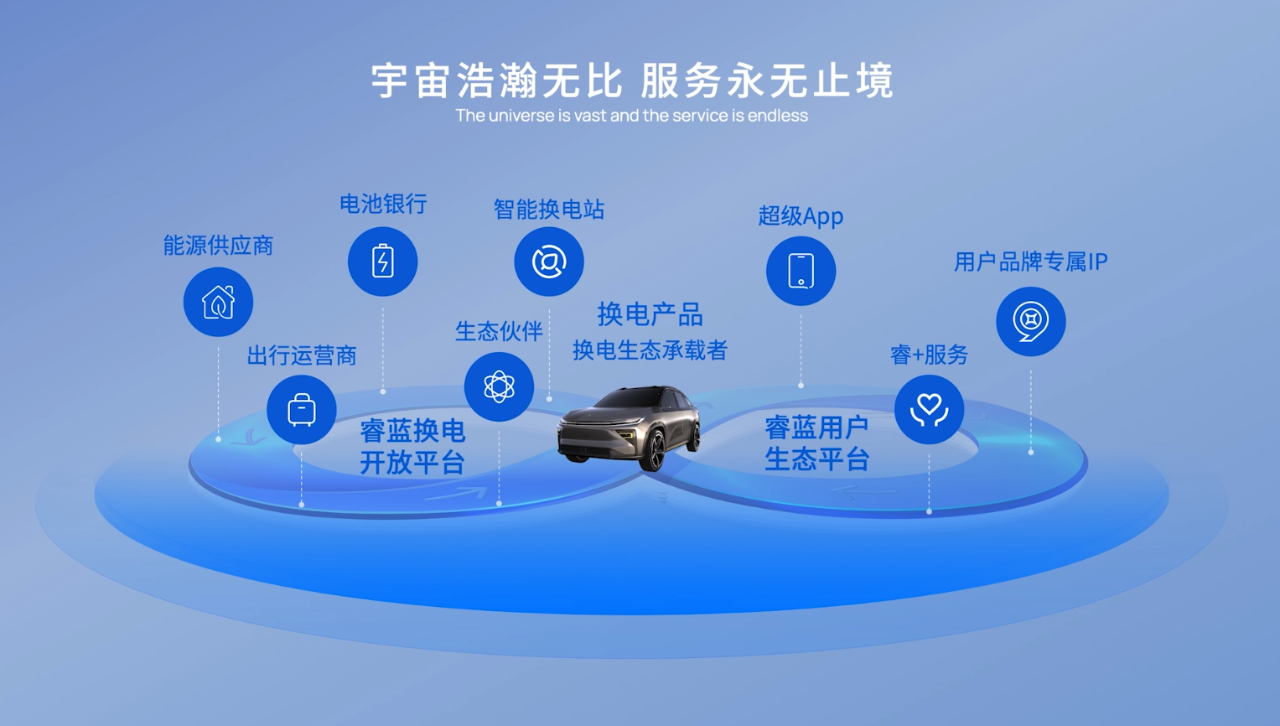Introduction
Geely passenger cars’ swapping brand is officially launched.
On June 21st, Lynk & Co held a brand release conference for consumer market and made its first appearance.
As a veteran player of the swapping mode, Geely has started to plan it since 2017 but delayed launching the swapping brand due to the small market size. With the gradual expansion of the private market, the timing for launching a swapping brand seems to have come.
In the “Smart Geely 2025” strategy conference in October 2021, Geely Automotive CEO Gan Jiayue announced for the first time that they would launch a new “swapping travel brand”.
On December 13th, 2021, Geely announced the establishment of a joint venture with Lifan Technology. On January 24th, 2022, this joint venture was named “Chongqing Lynk & Co. Automotive Technology Co., Ltd.”
Before this release conference, Lynk & Co has already made some achievements in the B-end market and this release is mainly for the C-end market.
At the conference, LYNK & CO Chairman and CEO Lou Yuanfa, shared in detail about LYNK & CO’s swapping technology architecture and LYNK & CO’s swapping ecological system.
LYNK & CO has built a crystal structure for swapping and equipped it with standard battery packs – capsule batteries, which are capable of 50-100 degrees of electricity. The first model, LYNK 7, also made its debut. It is expected that by the end of 2022, LYNK & CO’s ecological partners will complete layout planning for more than 300 swapping stations.
LYNK’s debut also opens up a corner of Geely’s swapping game. Geely has already had swapping layouts in commercial vehicles, ride-hailing, and private passenger vehicles, and it is related to upstream batteries and downstream vehicle operation, battery recycling, and more.
How will Geely play the swapping game? Let’s start with LYNK’s technology, products, and models.
For B-end and C-end
According to the plan, LYNK & CO’s products will cover sedans, SUVs, MPVs, and even logistics vehicles and light trucks, and will work together in the B-end and C-end markets to meet the needs of different markets such as ride-hailing, private cars, taxis, logistics vehicles, and more.
LYNK & CO has launched B-end products first. On February 23, Lynk & Co Maple Leaf 60S was officially launched, with two models: YiXing Edition and YouXing Edition, focusing on the B-end operating market.
Currently, they have signed strategic procurement agreements with Big C Group and China National Chemical Corp. and have signed purchase agreements with 832 Chongqing taxi-operating vehicles. They also signed medium- and long-term strategic cooperation agreements with Cao Cao Travel. In the operation vehicle field, LYNK & CO currently has two models – LYNK Maple Leaf 60S/ LYNK Maple Leaf 80V.The upcoming Rui Blue Maple Leaf 80v PRO, Rui Blue 9, and Rui Blue 7 are all targeted at the consumer market. Rui Blue 7 is scheduled to be officially launched in the first half of 2023. All three models will be unveiled at the Chongqing Auto Show, with Rui Blue Maple Leaf 80v PRO slated for pre-sale and Rui Blue 9 for blind booking.
According to the plan, from 2022 to 2024, Rui Blue plans to import at least two new swappable-battery models per year, offering a diverse product portfolio to meet customers’ travel needs.
Crystal Architecture and Capsule Batteries
For their swappable-battery models, Rui Blue has introduced the brand-new GPRC Crystal Architecture.
The architecture mainly consists of three components: the vehicle platform, the charging and energy supplement platform, and the big data cloud platform.
Vehicle Platform
The vehicle platform is designed with a systematic, modular design that supports a range of 2700-3100mm wheelbases, and is compatible with various styles such as sedans, SUVs, and MPVs. The architecture can accommodate multiple powertrain options, offering free combinations of 100kW, 120kW, and 155kW power motors that are available in front-, rear-, and all-wheel drive.
Under this architecture, swappable capsule batteries of different capacities and uniform size are used, which Rui Blue calls “Capsule Batteries”.
Capsule Batteries have different capacities from 50 to 100 kWh, making it possible to meet diverse travel demands from customers. The battery lifespan can reach up to 8 years or 800,000 kilometers.

In terms of intelligence, the platform adopts a high-bandwidth, scalable, and high-level electronic and electric architecture with high-speed network data transmission. The intelligent pre-controller is integrated with SOA software architecture.
With regard to safety, the Crystal Architecture adheres to the five-star safety standard of C-NCAP. The car body structure emphasizes high safety, with over 70% of high-strength steel, providing excellent protection for passengers. As for the power battery, Rui Blue uses an aviation-grade aluminum energy-absorbing protective frame structure, which meets the design standards for high-performance safety.
Moreover, the swappable-battery connection structure exceeds the industry’s design standards, featuring a reliable locking mechanism that ensures no water seepage or electricity leakage, with a replacement design lifespan exceeding 10,000 times under harsh conditions.
Rapid 60-Second Swappable Battery
The swappable battery charging and energy supplement platform of the GBRC Crystal Architecture has realized its second technological upgrade. The second-generation intelligent swappable-battery station can achieve remote control and management functions such as battery replacement maintenance and upgrades, requiring only 60 seconds for rapid swapping. It has a smaller footprint, a higher spatial utilization rate, and lower operating costs.
The second-generation intelligent swappable-battery station comes in two formats: single-cave and double-cave, respectively supporting service capabilities of over 300 and 600 swappable services per day.
The battery swap station also realizes the comprehensive intelligent networking of vehicle, station, battery, and cloud, and with the support of the three-level fire-fighting system, it can prevent dangerous accidents from happening in all directions, making the battery swapping safer.

In the future, they will gradually launch mini battery swap stations, with a footprint of approximately 1-2 parking spaces. The modular configuration can be flexibly assembled, with low cost, mobility, and easy relocation. It can be applied in various scenarios such as 4S stores, shopping mall squares, outdoors, and parking lots, providing more flexible network facilities.
Currently, the product matrix of Rulai’s battery swap station is a diversified product system centered on the central battery swap station, supplemented by small and medium-sized battery swap stations, satellite stations, and mobile battery swap stations.
It is expected that by the end of 2022, Rulai’s ecological partners will complete the layout of more than 300 battery swap stations, fully integrating the online and offline channel model.
Big Data Cloud Platform
Under the Crystal Architecture, the Big Data Cloud Platform can enable “Digital Engine Drives Intelligent Cooperation of People-Vehicles-Stations”, to achieve intelligent battery swapping in all scenarios, and refined operation throughout the entire process.
Intelligent battery swapping in all scenarios means that regardless of whether the battery swapping takes place before, during, or after the user swaps the battery, locally or remotely, it can be achieved through the scheduling of the big data platform and the integration of the end-to-end capabilities of vehicle intelligence and station intelligence, which includes battery swapping appointment, reminder, and fully automated battery swapping.
Refined operation throughout the entire process is achieved by optimizing the functionalities of the vehicles and stations through the coordination of the operations of the battery swapping vehicles, stations, and users, in order to improve the user service experience and provide refined battery swapping services.
First Vehicle Model – Rulai 7
As the first model launched under the new architecture, Rulai 7 is positioned as an A-level Coupe SUV and can achieve an ultra-low coefficient of drag of 0.24.
Regarding power supply, Rulai 7 can be equipped with multiple powertrain options, with front-wheel drive, rear-wheel drive, and four-wheel drive freely combined, achieving a maximum acceleration of 4.9 seconds per hundred kilometers.
Regarding the battery, Rulai 7 can match different capacity capsule batteries, with a “CLTC range of 550-750 kilometers”, which are rechargeable, replaceable, and upgradeable to meet users’ different range requirements.
 In terms of intelligence, the Roewe RX7 has a fully-scenario virtual secretary named “Shuijing”, which redefines the human-vehicle interaction method of intelligent automobiles, allowing cars to communicate with you like humans and provide you with services. While achieving full-scenario multimodal interaction, it has also added a variety of innovative functions, bringing users an emotional intelligent interaction experience throughout the entire car and scenario.
In terms of intelligence, the Roewe RX7 has a fully-scenario virtual secretary named “Shuijing”, which redefines the human-vehicle interaction method of intelligent automobiles, allowing cars to communicate with you like humans and provide you with services. While achieving full-scenario multimodal interaction, it has also added a variety of innovative functions, bringing users an emotional intelligent interaction experience throughout the entire car and scenario.
The Roewe RX7 innovatively integrates a large area AR-HUD, which can display digital AR navigation, virtual assistant, real-time road and surrounding environment information, making driving safer.
The Roewe RX7 will also be equipped with a LiDAR to provide L3 and above high-level intelligent driving assistance capabilities, fully meeting users’ needs for intelligent driving, and becoming the first A-class SUV to achieve AVBS autonomous customer battery swapping.
Today’s battery swapping market is in turmoil and various forces are vying for dominance. It is uncertain whether Geely, which has been deeply cultivating the market for many years, can achieve any gains. However, one thing is certain, all of this is just the beginning, and more players will enter the market in the foreseeable future.
This article is a translation by ChatGPT of a Chinese report from 42HOW. If you have any questions about it, please email bd@42how.com.
